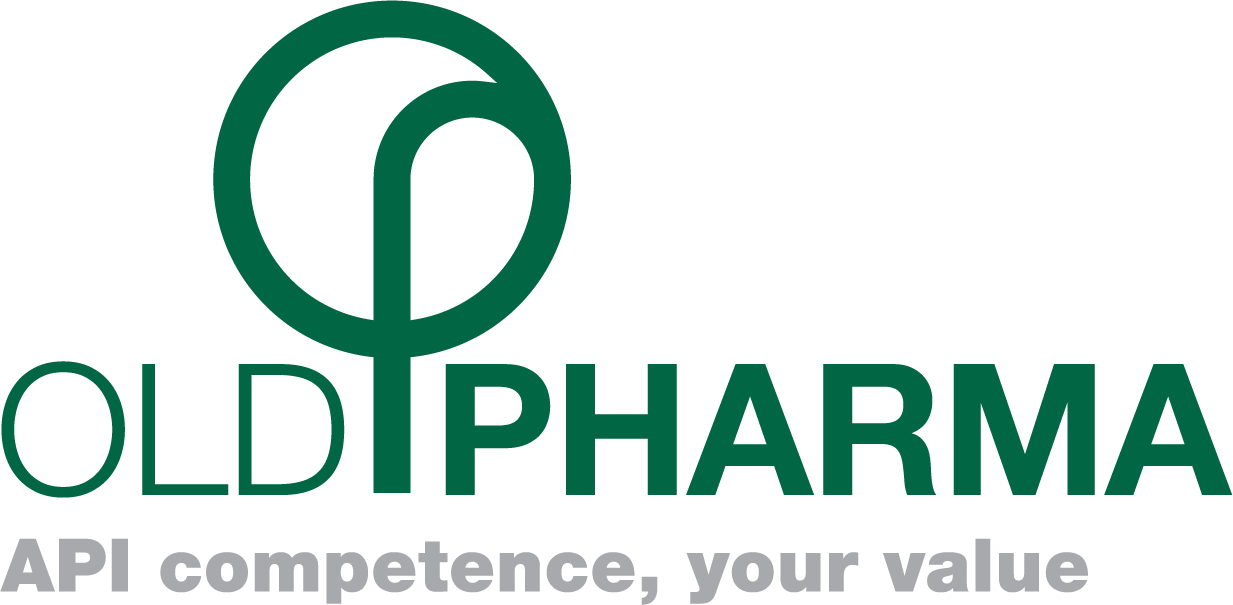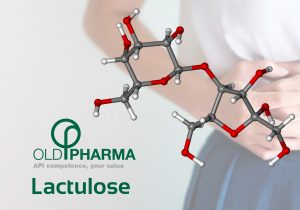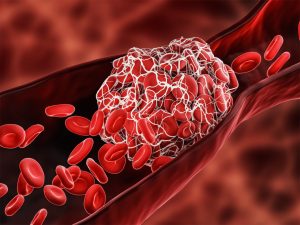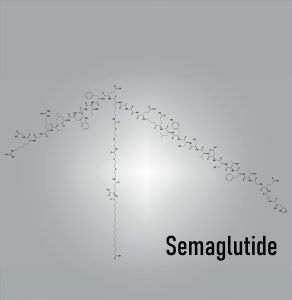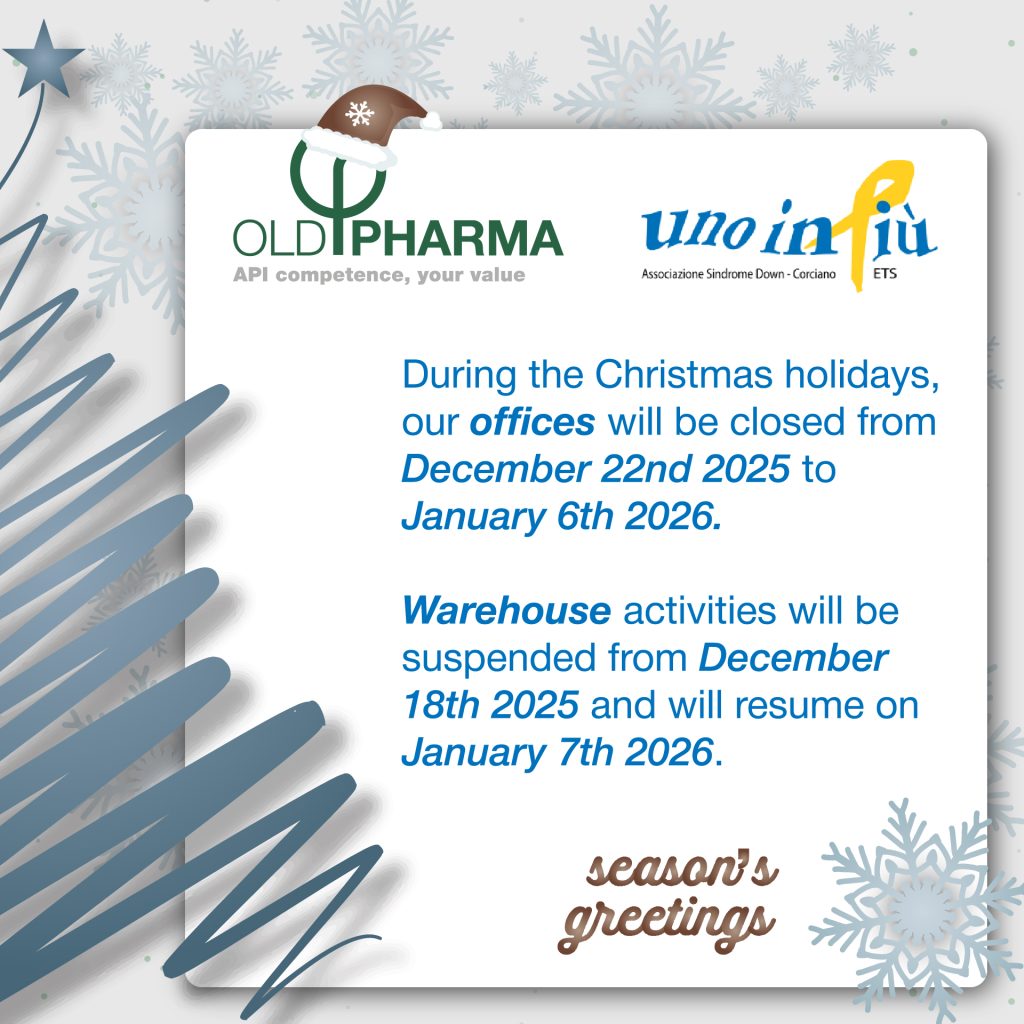
In recent years, the treatment of retinal diseases has experienced remarkable progress. Conditions that once led to inevitable visual deterioration can now be effectively and durably controlled. Among the key drivers of this transformation is aflibercept, a biotechnological drug that has redefined treatment standards in ophthalmology.
A biotechnological medicine targeting angiogenesis mechanisms
The role of VEGF in vision loss
Many chronic retinal diseases, such as neovascular age-related macular degeneration (nAMD) and diabetic macular edema (DME), are caused by excessive production of vascular endothelial growth factor (VEGF).
This protein stimulates the formation of new blood vessels in the retina, but these vessels are fragile and permeable, leading to edema and irreversible damage to photoreceptor cells.
The mechanism of action of aflibercept
Aflibercept is a fusion protein that binds to VEGF with high affinity, preventing its interaction with cellular receptors. Acting as a “decoy receptor”, it inhibits the growth of abnormal vessels and controls fluid accumulation in the retina.
The result is visual stabilization or improvement, with a significant reduction in the risk of disease progression.
Administration and clinical advantages
Aflibercept is administered by intravitreous injection, a quick outpatient procedure that delivers the drug directly into the ocular cavity, maximizing its effectiveness.
One of the main advantages of this therapy is the possibility to maintain visual stability with longer treatment intervals compared with other available options, improving adherence and patient quality of life.
This feature also has a positive impact on healthcare management: fewer visits, reduced hospital workload, and more efficient planning of resources in public health facilities.
A regulatory framework ensuring access and safety
In Italy, the use of aflibercept is governed by AIFA Note 98, which defines the reimbursement criteria for intravitreal anti-VEGF agents.
The Note specifies the diseases covered by national reimbursement (nAMD, DME, retinal vein occlusions, and retinopathy of prematurity) and establishes that prescriptions and administrations must be performed in authorized ophthalmology centers.
All treatments are tracked through AIFA’s digital registries, ensuring clinical appropriateness, safety, and real-world data collection useful for nationwide therapeutic evaluation.
Therapeutic impact and future perspectives
Clinical studies and real-world experience confirm that aflibercept provides an optimal balance of efficacy and safety over the long term.
Thanks to its ability to extend treatment intervals and its proven effectiveness in major retinal vascular diseases, it represents one of the most advanced and sustainable therapies available in ophthalmology today.
The ongoing evolution of formulations and the growing availability of real-world evidence promise further improvements in adherence, clinical management, and healthcare efficiency.
Beyond the retina: a model of precision therapy
Aflibercept also exemplifies how biotechnological research can produce targeted and versatile therapies, based on a rational and specific mechanism of action.
The selective inhibition of pathological angiogenesis represents a therapeutic principle applicable across several fields, confirming the scientific and clinical value of this molecule.
Conclusion
Aflibercept has transformed the management of retinal diseases by offering a safe, effective, and sustainable therapy.
Its impact goes beyond clinical outcomes: it reduces the burden on patients and healthcare systems, helps preserve vision, and supports autonomy and quality of life.
In a healthcare context striving to balance innovation with accessibility, aflibercept stands as a reference model in modern ophthalmic medicine.
For any further information regarding the API or finished products based on aflibercept, please contact the Old Pharma Team, who will be glad to provide technical and scientific support.
References and further reading
- AIFA, Nota 98 – Anti-VEGF intravitreali: https://www.aifa.gov.it/nota-98
- EMA, Scheda tecnica Aflibercept: https://www.ema.europa.eu/en/medicines/human/EPAR/eylea
- PubMed Central, Review su efficacia e sicurezza di aflibercept: https://pmc.ncbi.nlm.nih.gov/articles/PMC12184776/
- Gazzetta Ufficiale, Pubblicazione Nota AIFA 98 (2024): https://www.gazzettaufficiale.it/eli/id/2024/02/02/24A00559/sg
